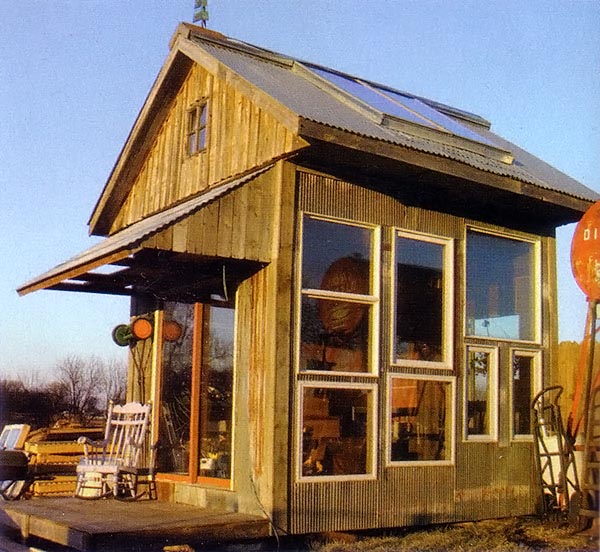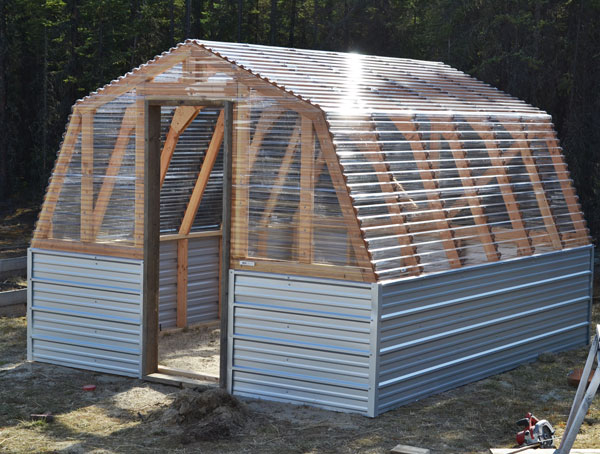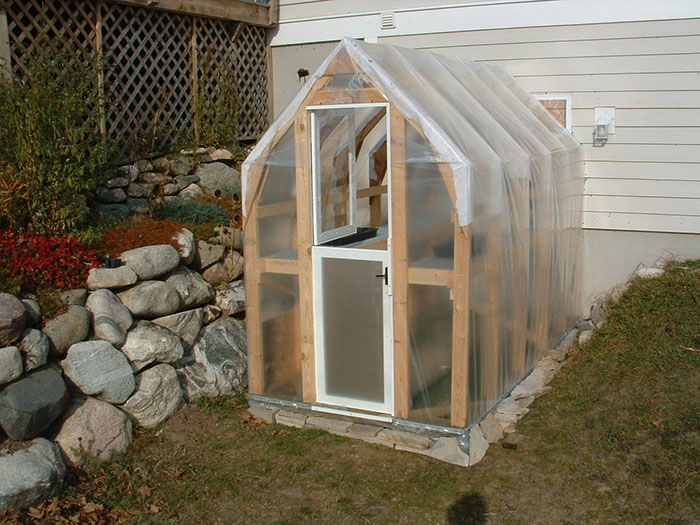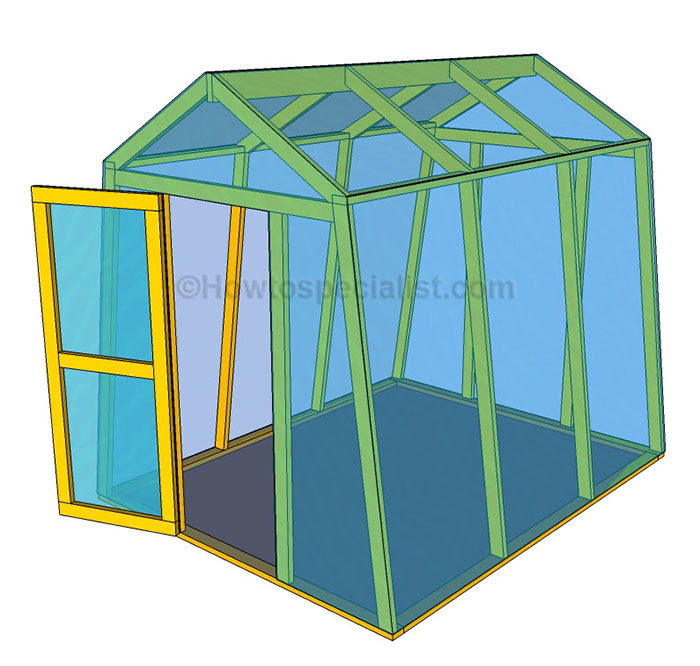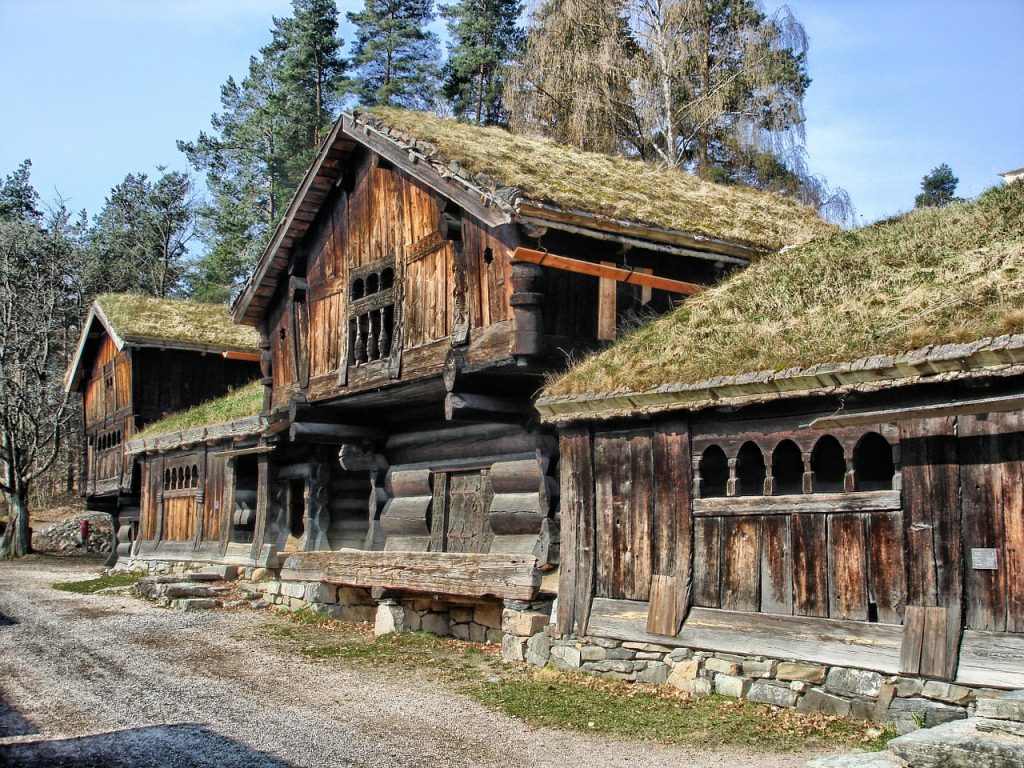Here’s how you can make money while living off grid. This list is designed to give you some ideas and inspire some creative thinking on ways to make a living from home while living off grid. There are many reasons for this, the first and perhaps most important is it frees you up to move just about anywhere you want. No more being tied to a certain location, city, county, state, etc just to be close to your job. The only other issue is schooling for your kids if you have any, and access to food, supplies, and entertainment.
This article assumes you pick an off grid homestead location which is close enough to a populated area to generate revenue through local sales and services you offer to local residents.
The Internet - You can also do a large portion (if not all) of your business on the internet by selling products and services on your website. This is an extremely powerful marketing method and opens up many avenues and income opportunities. As such an entire book can be written about the many different ways to make money online, and in fact they have. Which is why this article will focus on the local sales, with some emphasis on internet sales and online marketing of your tangible products as well as digital products.
Ok, so without further ado, here are 17 things you can do to make money from home while living off the grid.
1) Selling Food Fruit & Veggies – Farming & Gardening
Growing your own organic food, fruits and veggies is perhaps one of the most sensible and lucrative ways to make money off grid. Not only will you be able to feed yourself and your family, but if you grow enough, you can turn it into a small business by selling fresh produce to your neighbors and at your local farmer’s market. If there’s no farmer’s market in your area, you can start one.
“
Curtis Stone, founder of Green City Acres, grosses $80,000 to $100,000 per year working 3 seasons out of the year, while taking winters off. The most amazing part of this, is that he farms on only about 1/3 of an acre.”
2) Cabin Rental
You can build small cabins on your land and rent them out to vacationers and outdoorsman and nature enthusiasts. Even in the “off-season”in the winter, many resorts, lodges and cabin campgrounds rent out their cabins for $35 to $50 per night. In peak season small one room cabins can rent for as much as $250 per night or more, and I’ve seen some 2-3 room cabins rent for over $500 per night. One good season could provide enough income for you and your family to live on the rest of the year.
As with anything it takes money to build something like a campground, and there’s regulations and ordinances that you have to consider. All in all, it’s a great way to make a good income, even part time if you only open for business part of the year.
3) Hiking & Camping (tourism)
You can cater to the hiking world if you have quite a bit of land. Or if you don’t have lots of land, if you pick a property that borders a National Forest or National Park it opens up all kinds of adventure types of outings that you can sponsor and sell.
4) Hunting & Fishing (tourism)
Outdoorsman and nature enthusiasts number in the millions. If you have a property that’s located near good hunting and fishing areas, or your land is large enough to support hunting and fishing, then it’s can be a nice income during hunting seasons. Fishing is pretty much years round, but will slow in winter.
5) Educational Workshops – Organic Growing, Primitive Survival Skills, Off Grid Lifestyle, Natural Building, etc.
Workshops are basically miniature “How To” courses where you teach someone a skill in exchange for small (or large) fee. Now this could be very fun and if you’re knowledgeable and know how to teach people, enjoy speaking in front of groups of people, or like the one on one type teaching environment, educational workshops have the potential to make you a good solid supplemental income.
6) Hosting Events – Weddings, Reunions, Parties
If you own a sizable property or land in a picturesque area then hosting events and parties might be another way you could make some extra income.
7) Permaculture Classes
If you’re into permaculture and are very knowledgeable you can host permaculture workshops.
8) Aquaponics
Aquaponics is the growing of fish and veggies together in a closed loop system. The fish provide nutrients to the plants, and the plants act as natural filters for the water. Once you perfect the growing system, you can build and sell more aquaonics systems themselves, or sell the fish and veggies grown in the systems. Either way it’s a good way to make a little extra money.
9) ATV/Snowmobiling (tourism)
Renting ATVs and snowmobiles is pretty lucrative. Though he snowmobiles sit still in the summer, and the ATVs are pretty useless in deep snow. This said, the costs of purchasing multiple ATVs and snowmobiles to rent out might be beyond the scope of what most people can do financially. However if budgeted properly it could provide some income in a couple few years once the initial investment in equipment is recouped through rentals. There’s also liability insurance you must have, and you must be licensed and bond with your county/city. Renting vehicles like this is expensive upfront, but very lucrative in the tourism seasons and can bring in a healthy revenue stream.
10) Horseback Riding
Riding horses is an old pastime that many people love. It’s also a great experience for the kids to ride a horse for the first time. Renting our horseback rides is a good business if you’re into horses. You could also combine it with a nature trail ride and some camping to spice up the adventure.
11) Arts & Crafts
If you’re good at and love arts and crafts why not sell them? many people will buy your products and art at craft shows and art exhibits. You can even sell these items on the internet in your online store on your website.
12) Clothing
Everyone needs clothes so selling clothing to locals and online might be an option for you. Especially if the clothes are made from materials you grow on your own land.
13) Organic Soaps & Cleaning Products
I know many people who have made a good extra income 9and who’ve made a full time job of it) by making their own soaps and cleaning products from natural non-toxic ingredients. Also, soap is something people need to buy a lot of over and over, so the potential for return customers is high.
14) Woodworking & Making Furniture
If you’re handy with wood, you can make decorative and practical items from wood. Furniture is always in need. Small chairs, tables, and rustic rocking chairs are all things that can be made from the materials on your land if you have lots of trees. I’ve seen handcrafted wooden chairs go for hundreds of dollars each, and full dining room sets for a couple few thousand dollars.
15) Blacksmithing (yes this is still an art form)
Yes! Blacksmithing is still a thing. It’s more of an art form nowadays but it does have it’s practical purpose and you can hire out your skills to local ranchers and farmers. If you’re an artist you might consider taking up blacksmithing if you like working with metal and making sculptures. Many metal sculptures bring in hefty price tags.
16) Art – Drawing, Sculpting, Painting, Pottery
Everyone likes a pretty picture or sculpture. These are items you can sell locally and online. Pottery is a big one, as is digital art. Don’t forget about the online aspect of making money. You need not be tied to a local area when there are millions of people online who might buy your work. Just make sure you have a back up plan, because the phrase “starving artist” is cliche for a reason. It;s a tough field to break into, but it can generate some good revenue if you have talent.
17) Write & Sell Digital Books
This is by far one of the best ways to bring in some extra (and possible full time) income. Seriously, if you are knowledgeable in an area of expertise, and you can put words to paper (or laptop computer) you can write a book about your career field or hobby. Marketing your book online is easy through places like Amazon Kindle, iTunes, and other online digital distribution companies. Selling a digital book is very lucrative because if you content is good, and you write well, then once you cover the initial cost of producing the book and publishing it on some distribution sites like Amazon, then each copy you sell is nearly pure profit. A digital book that costs you $1000 to produce can be sold to an unlimited number of people. Say you sell only 1000 copies at $9.99, that’s $9,990.00 in revenue. Subtract your initial investment of $1000, and that’s $8990.00 in gross profits. Not to bad for a couple months worth of work.
Making Your Own Way
Keep in mind you will have to check with and comply with local, state, and federal laws governing running your own business from home whatever you choose to do. But, owning your own business, doing your own thing, being independent and self sufficient. The freedom to make your own way is a great feeling. I know because I do it everyday.
It’s hard work an will take a lot of effort on your part to make it a success. Strong will power and the right motivation, your freedom and self sufficient independence is the reward. Making a living doing what you love and loving what you do every day will make you and your family much happier in the long run.
And that’s what it’s all about.


